10 Must-See Attractions in Buenos Aires: Your Ultimate Guide to Argentina's Capital
Posted on June 3, 2024 • 12 minutes • 2458 words
Table of contents
Buenos Aires, the vibrant capital of Argentina, beckons travelers from around the globe with its rich cultural tapestry, stunning architecture, and tantalizing cuisine. If you’re mapping out your journey to this South American jewel, you’re in for a treat, as we’ve rounded up the 10 must-see attractions that promise an unforgettable adventure. While the city comes alive with a special kind of magic between the months of April and June, when the mild temperatures and fewer crowds make exploring an absolute delight, Buenos Aires holds its charm and offers an array of activities all year round. Whether you’re a history buff, an art lover, a foodie, or just in search of the vibrant pulse of Argentine life, there’s something in Buenos Aires for you any time of the year. Prepare to immerse yourself in the heart and soul of Argentina through its most captivating city.
10 best things to see in Buenos Aires
10. Museo Nacional de Bellas Artes
When you’re exploring Buenos Aires, a visit to the Museo Nacional de Bellas Artes is an absolute must. Known as one of Latin America’s most important cultural institutions, this museum houses an incredible collection of Argentine and international art, ranging from the Middle Ages to contemporary works. Among its treasures, you’ll find impressive pieces by European masters such as Rembrandt and Goya, alongside stunning examples of Argentine art. To get there, you can easily take the Buenos Aires subway (Subte) to the Recoleta neighborhood - the museum is just a short walk from the “Facultad de Derecho” station on Line H. Pay special attention to the museum’s schedule before you go, as it offers free entry on certain days. Not only is this experience enriching, but wandering through its vast collections is a wonderful way to immerse yourself in the rich cultural tapestry of Argentina and the world beyond.
9. Museo de Arte Latinoamericano de Buenos Aires (MALBA)
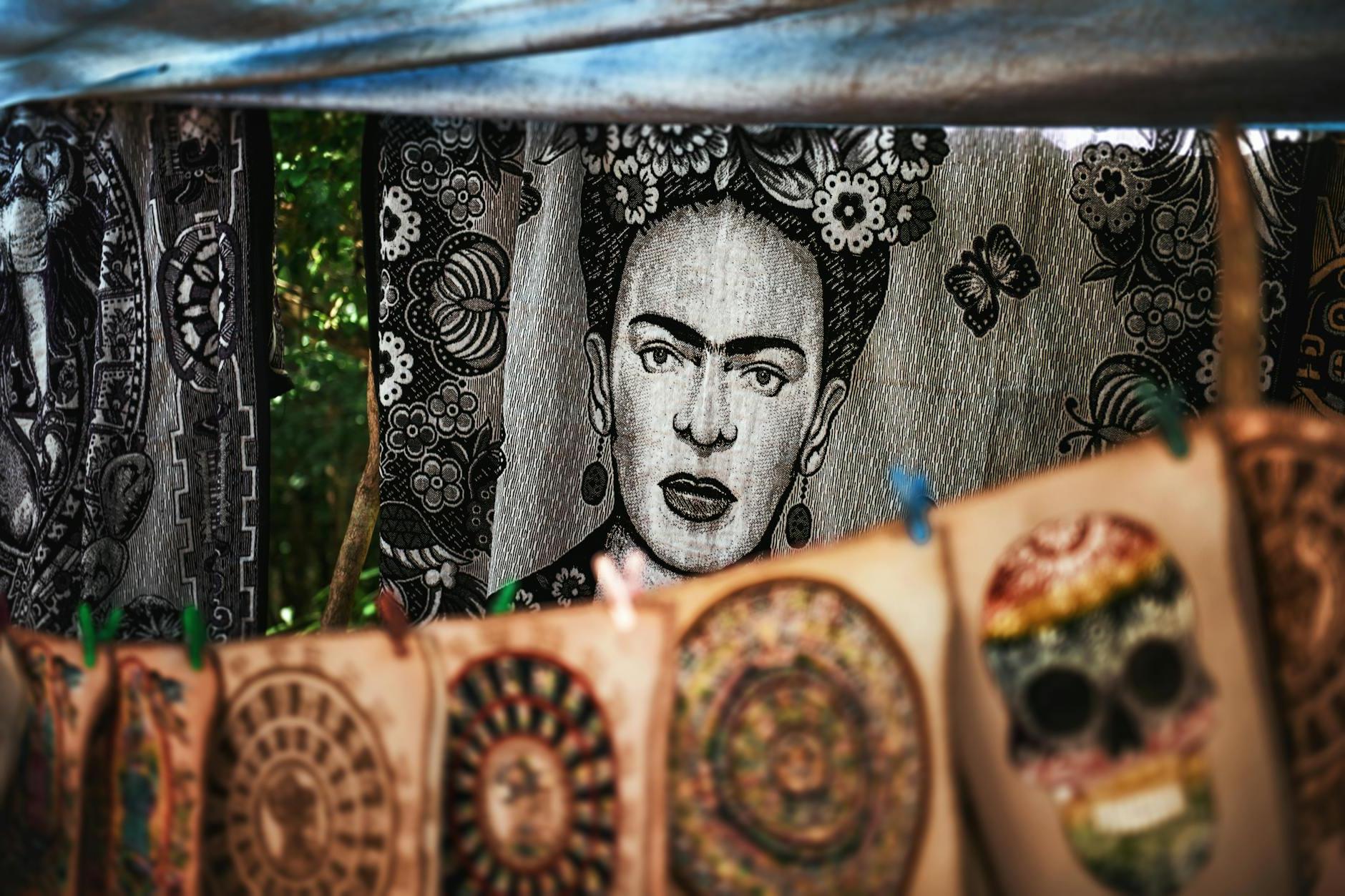
When visiting Buenos Aires, a stop at the Museo de Arte Latinoamericano de Buenos Aires, commonly known as MALBA, is a must for any art lover. This modern museum showcases an impressive collection of Latin American art from the early 20th century to the present day, offering a deep insight into the region’s cultural evolution. With works by Frida Kahlo, Diego Rivera, and Tarsila do Amaral, among others, MALBA serves as a window into the soul of Latin American creativity. To get there, you can easily catch a bus or a taxi from almost anywhere in the city, as it’s situated in the plush neighborhood of Palermo. Make sure to check out the temporary exhibits, which frequently highlight cutting-edge artists and thematic explorations that complement the permanent collection. Visiting MALBA not only provides a feast for the eyes but also enriches your understanding of Latin American history and society through its art.
8. Cementerio de la Recoleta
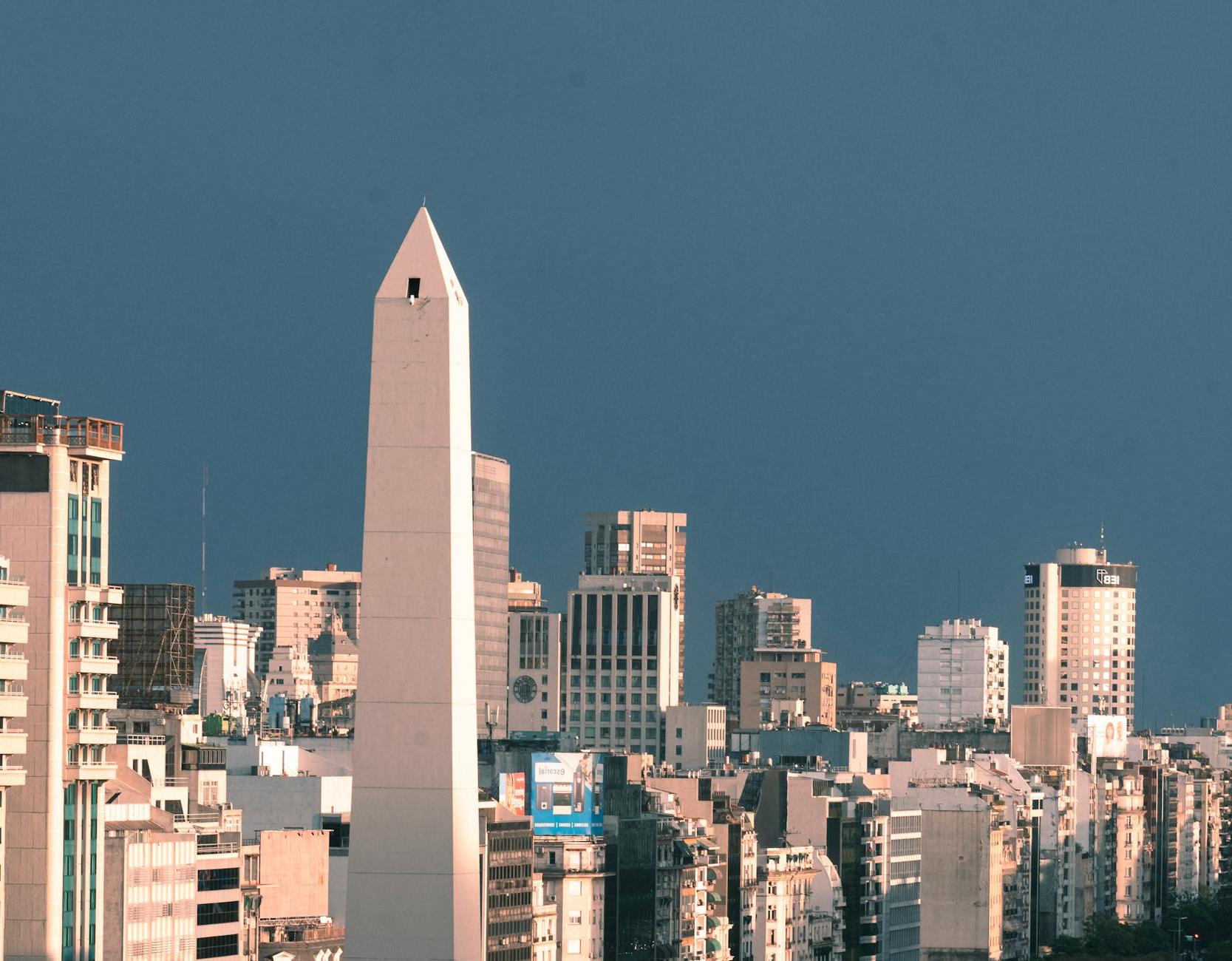
If you’re visiting Buenos Aires, don’t miss the chance to explore Cementerio de la Recoleta, one of the city’s most remarkable landmarks. This isn’t just any cemetery; it’s an open-air museum showcasing some of the most extravagant mausoleums and sculptures you’ll ever see, rivaling the artistry and grandeur of European necropolises. Here lies the resting place of Argentina’s rich and famous, including Eva Perón, or Evita, as she’s affectionately known. Walking through its labyrinth of ornate tombs, you’ll feel like you’ve stepped into a piece of Argentina’s history. Getting there is easy – it’s situated in the upscale Recoleta neighborhood. You can take a city bus, the subway (D Line’s “Facultad de Derecho” station is the nearest), or simply hop in a taxi or ride-share. While exploring, pay special attention to the incredible art deco and art nouveau styles of the mausoleums, and don’t forget to grab a map at the entrance to help navigate your way around this fascinating place.
7. Palermo
When you’re exploring Buenos Aires, adding Palermo to your itinerary is a must. This vibrant and trendy neighborhood is a cultural hotspot, boasting an impressive array of art, cuisine, and nightlife that caters to every taste. Getting there is a breeze as it’s well-connected by public transport; you can take the subway (D line) to Plaza Italia or Palermo stations, hop on a bus, or even grab a taxi for a more direct route. Once there, immerace yourself in the beauty of the sprawling Bosques de Palermo, the city’s largest green space, perfect for a leisurely stroll or a boat ride on its lakes. Art enthusiasts will revel in the MALBA (Museum of Latin American Art of Buenos Aires), showcasing some of the region’s most compelling modern art. Palermo is also renowned for its vibrant Palermo Soho district, where cobblestone streets are lined with chic boutiques, cozy cafes, and bustling bars, making it an ideal spot to people-watch and soak up the local atmosphere. Whether you’re an art lover, foodie, or just eager to explore, Palermo offers a slice of Buenos Aires that you simply shouldn’t miss.
6. San Telmo
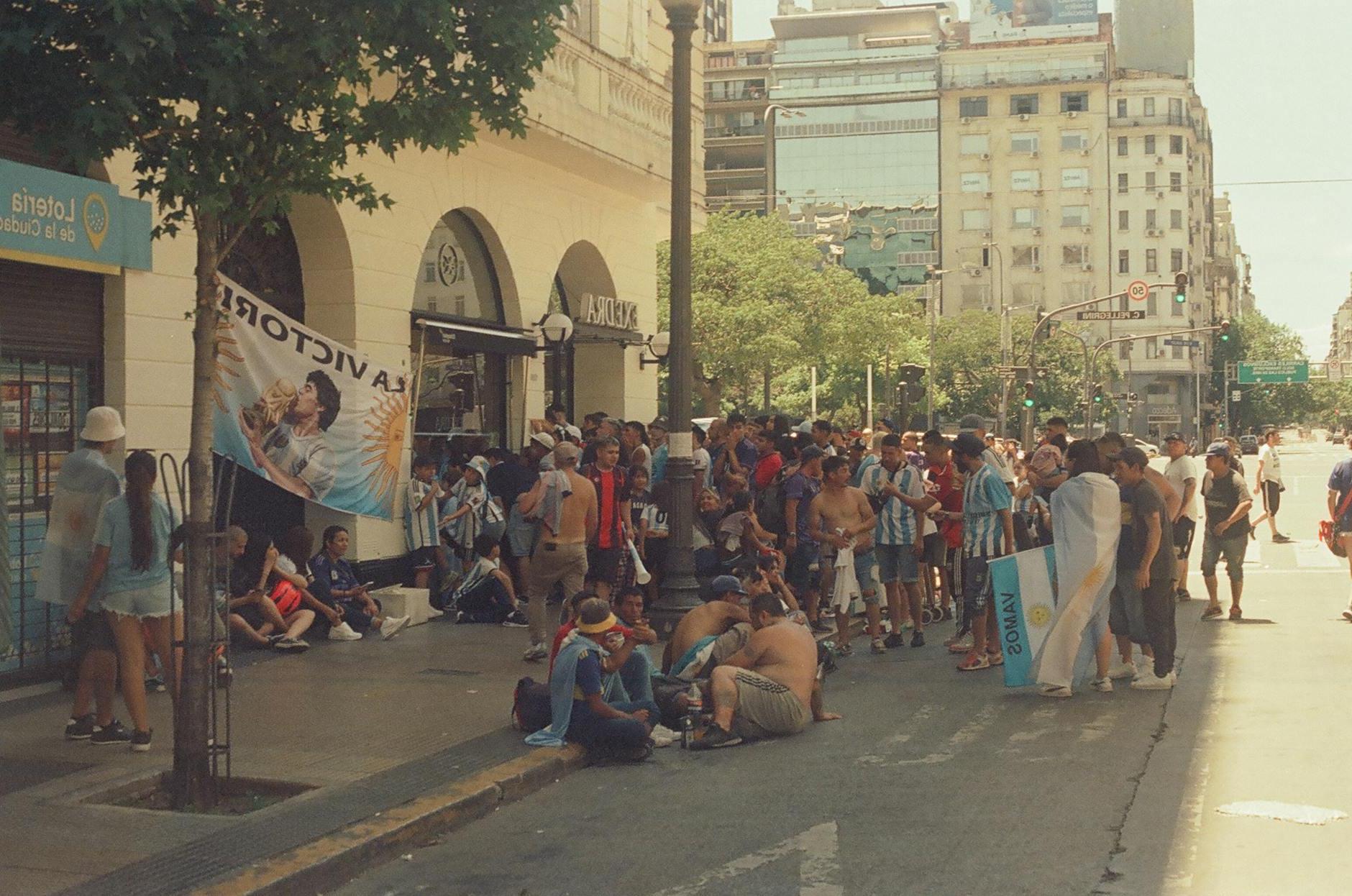
If you’re wandering through Buenos Aires, make sure to carve out time for a stroll around San Telmo, a neighborhood steeped in history and bursting with culture. To get there, you can easily hop on a bus or subway, with the nearest station being San Juan on Line C. Once you step into San Telmo, the cobblestone streets and colonial buildings seem to whisper tales of the past, transporting you to a bygone era. It’s a hotspot for antique enthusiasts, with the famous San Telmo Market offering an array of vintage goods and local crafts every Sunday. Don’t miss the street performers mesmerizing crowds with tango dances - it’s like the heartbeat of Buenos Aires echoing through the plaza. Keep your eyes peeled for impromptu art displays and quaint cafes that line the streets, perfect for a leisurely break to soak in the ambiance. San Telmo is not just a destination but an experience, showcasing the vibrant spirit and rich history of Buenos Aires.
5. Puerto Madero
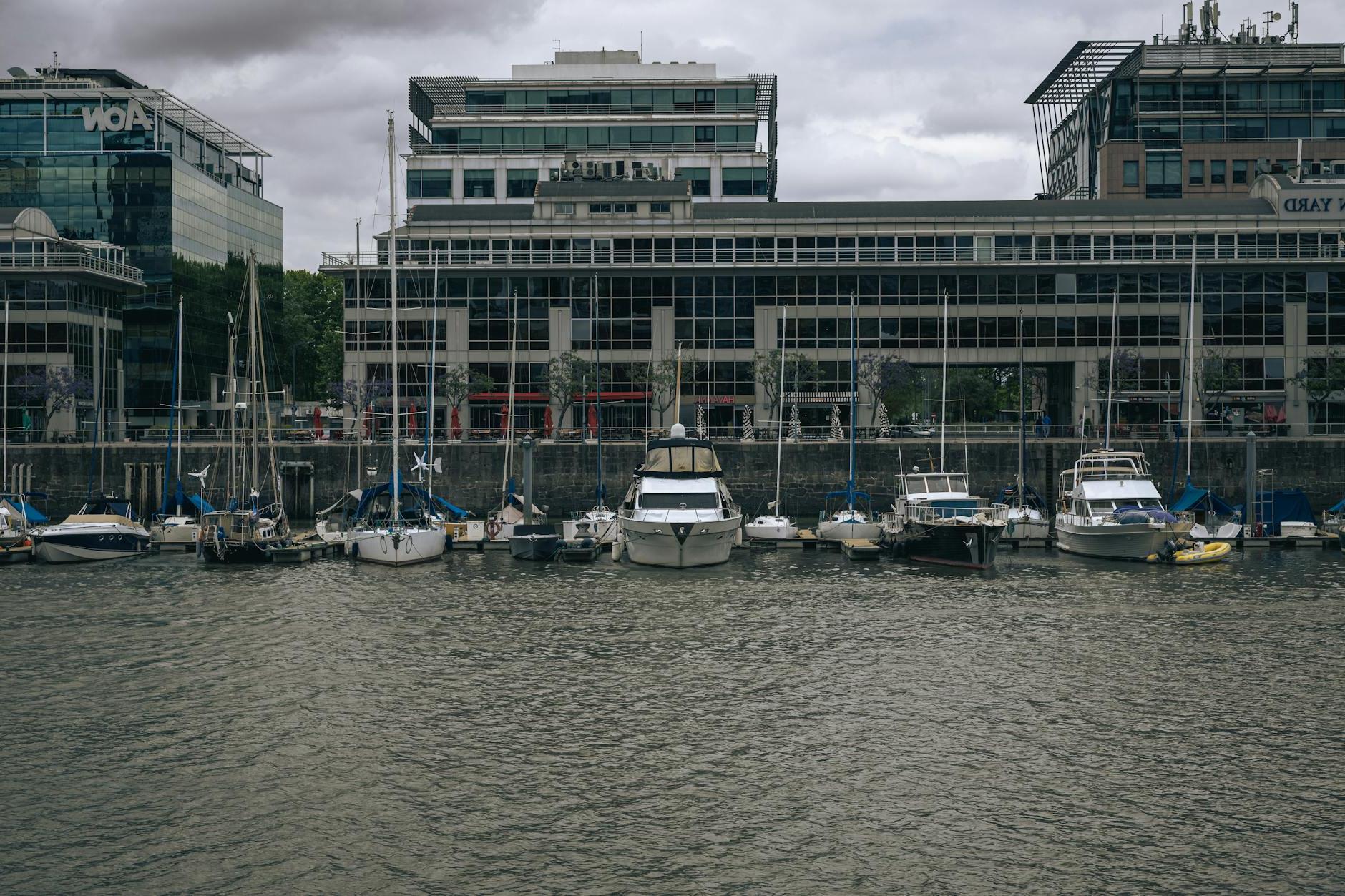
When visiting Buenos Aires, make sure not to miss Puerto Madero, the city’s vibrant waterfront district, known for its luxurious atmosphere and historical significance. Getting there is simple - you can hop on a subway (the closest station is Leandro N. Alem on Line B), catch a taxi, or even enjoy a scenic walk from the city center, depending on where you’re staying. Puerto Madero is a must-see for its unique blend of old and new architecture, with beautifully restored brick warehouses now serving as chic restaurants, cafes, and offices, alongside sleek modern skyscrapers. Pay special attention to the Puente de la Mujer, an iconic rotating footbridge that’s not only a marvel of engineering but also a prime spot for photos. Whether you’re a foodie, a history buff, or simply in search of a pleasant place to stroll, Puerto Madero offers a picturesque escape from the hustle and bustle of city life, with ample green spaces, including the ecological reserve, where nature and urban life meet harmoniously.
4. El Ateneo Grand Splendid
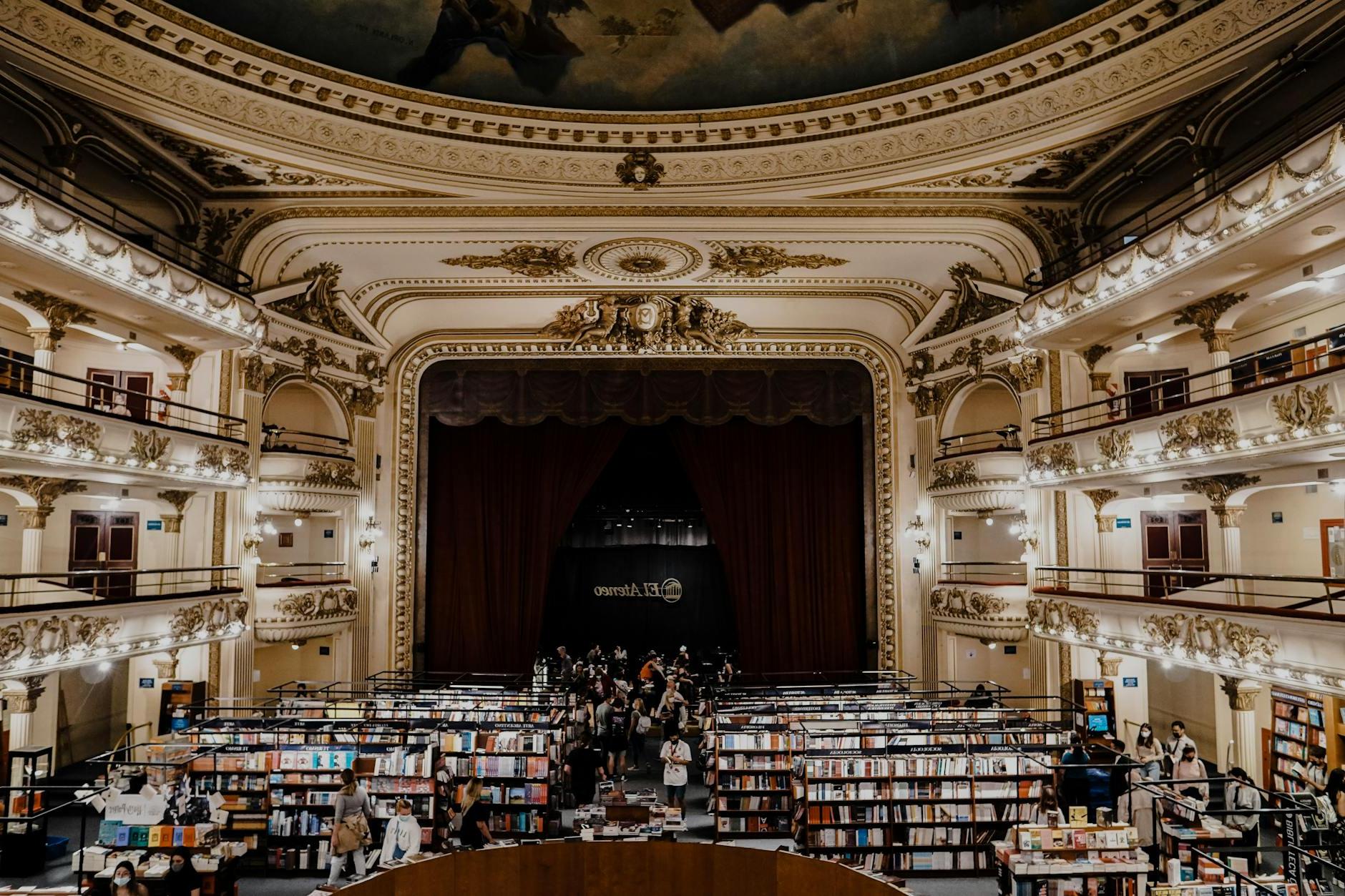
When you’re in Buenos Aires, a must-visit hidden gem is El Ateneo Grand Splendid. This isn’t just any bookstore; it’s a mesmerizing blend of literature and architectural beauty, located in a converted theater. Walking into El Ateneo, you’ll feel like you’ve stepped into a book lover’s dream, with shelves upon shelves of books under a breathtakingly decorated ceiling. To get there, you can easily take a bus or subway to the Recoleta neighborhood - it’s well-known, so any local can guide you. Pay special attention to the stage, which now serves as a café where you can sit, sip coffee, and read in what has to be one of the most beautiful bookstores in the world. Don’t forget to look up and around - the preserved theatre boxes and ornate details make it a visually stunning place you won’t want to miss.
3. Casa Rosada
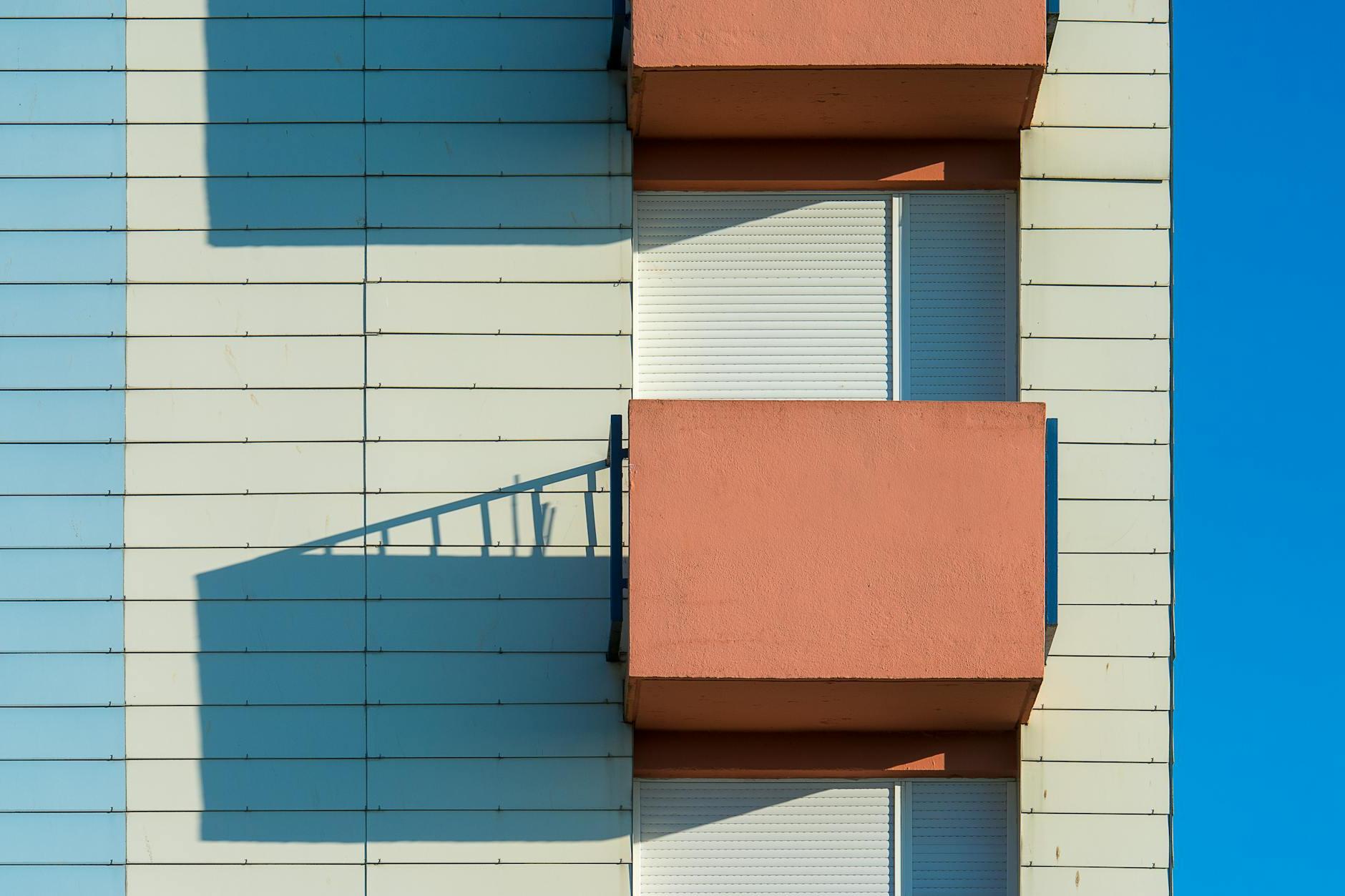
While exploring Buenos Aires, a visit to Casa Rosada, the iconic pink-hued presidential palace, is a must. This landmark is not just a feast for the eyes but also a significant piece of Argentina’s history, where key political moments have unfolded. To get there, you can easily take a bus, subway, or even enjoy a leisurely walk if you’re staying downtown. Once there, don’t miss the chance to gaze at its detailed facade, snap some memorable pictures, and if possible, join a guided tour to step inside. Pay special attention to the famous balcony, where Eva Perón famously addressed the nation, making it a poignant spot for history buffs. Whether you’re soaking up the architectural beauty or delving into Argentina’s past, Casa Rosada stands as a compelling stop on your Buenos Aires journey.
2. Teatro Colón

Visiting Teatro Colón in Buenos Aires is a must for any traveler seeking to immerse themselves in the culture and beauty of Argentina. Renowned as one of the best opera houses in the world, its architectural splendor and acoustical excellence make it a centerpiece of the city’s cultural landscape. To get there, you can easily hop on the Buenos Aires subway (Subte) and alight at the Tribunales station on Line D, which is just a stone’s throw away from Teatro Colón. Once there, pay special attention to the stunning interior design - from the opulent gold-leafed halls to the intricate frescoes and sumptuous red velvet seating. It’s advisable to either take a guided tour to learn about its rich history and architecture or, better yet, attend a live performance to experience the acoustics first-hand. Remember to book your tickets in advance, as the shows and tours can fill up quickly. Don’t miss the chance to experience this iconic cultural landmark that brings the soul of Buenos Aires to life.
1. La Boca and Caminito
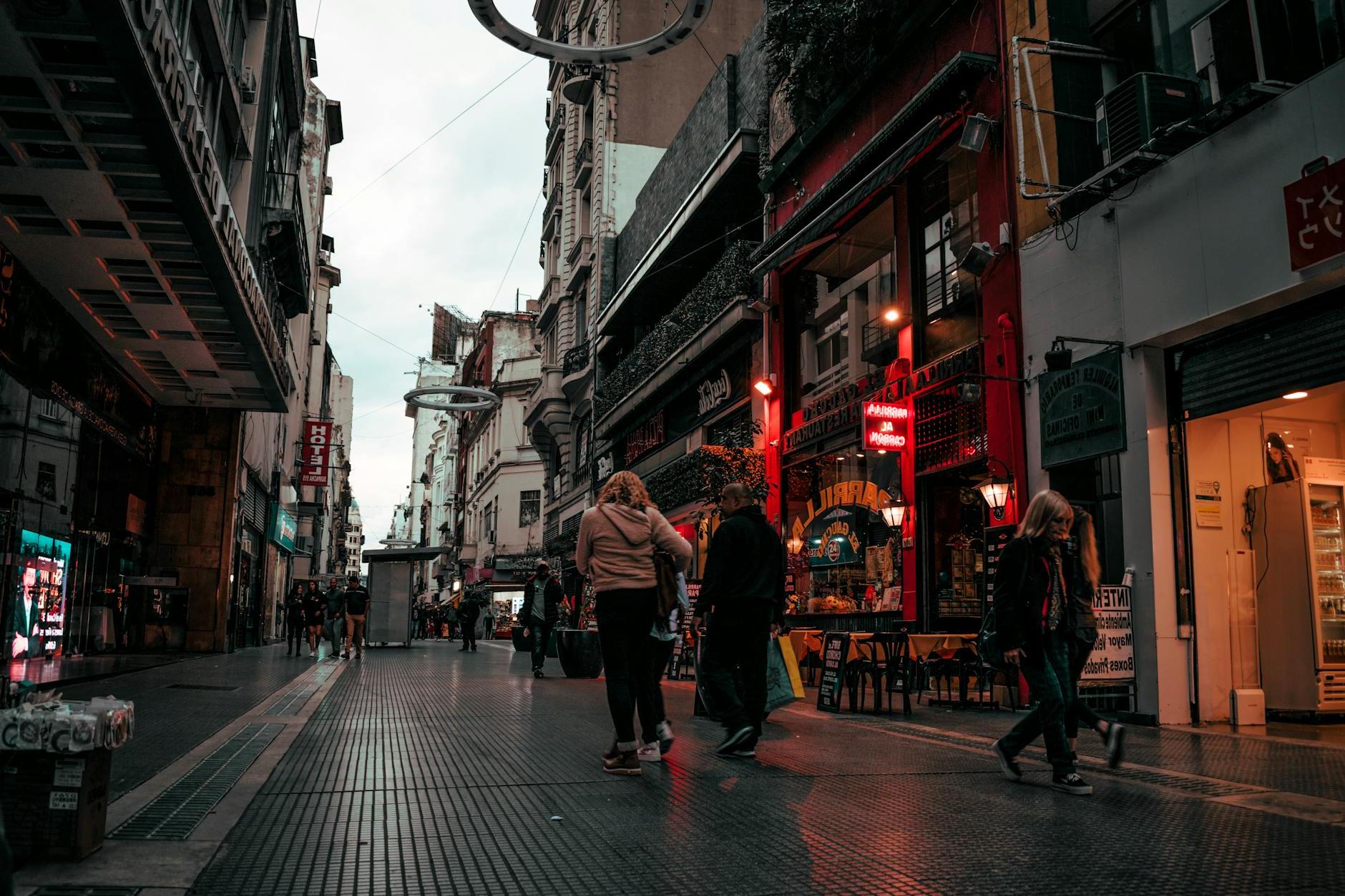
When you’re exploring Buenos Aires, don’t miss out on the vibrant and colorful neighborhood of La Boca, especially the famed street, Caminito. This lively area showcases the city’s rich cultural heritage through its bright, painted houses, passionate tango dancers performing right on the sidewalks, and numerous art galleries and artisanal shops. To get there, you can take a city bus or a taxi for ease, as La Boca is just a short ride away from the city center. Once there, be sure to pay attention to the intricate street art and sculptures that line the streets, offering a feast for the eyes and the soul. However, remember that La Boca is best enjoyed during daylight hours, and it’s wise to stay within the main tourist areas. This precaution ensures that you can fully enjoy the vivid colors and dynamic atmosphere of Caminito without any worries, making it a must-visit on your Buenos Aires adventure.
Frequently Asked Questions
1. What is the best time of the year to visit Buenos Aires?
The best time to visit Buenos Aires is during the spring months of September to November and the fall months of March to May. During these periods, the city blooms with vibrant colors and offers pleasant temperatures that are perfect for exploring its beautiful streets, lush parks, and outdoor cafés. The mild weather during these months allows for a comfortable exploration of the city’s rich cultural offerings, from tango shows to museum visits. For those looking for a more budget-friendly option, consider visiting Buenos Aires in the alternative months of December to February or June to August. While the summer months can get quite hot and the winter months cooler, you might find lower prices on accommodations and less crowded attractions, making it an economical yet enjoyable time to explore this captivating city.
2. Should I rent a car in Buenos Aires?
Renting a car in Buenos Aires might not be the best choice for everyone. The city has very busy roads, and the traffic can be overwhelming, especially during rush hours. Finding a parking spot is another headache you might want to avoid, as parking is scarce and can be costly. On the other hand, Buenos Aires boasts an efficient public transport system including buses, the metro (known as “Subte”), and trains that can take you almost anywhere in the city. Taxis and ride-sharing services are also readily available, providing a convenient alternative to getting around. Considering these factors, relying on public transport and taxis could be a more stress-free way to explore the vibrant city of Buenos Aires, without having to navigate its challenging driving and parking conditions.
3. What are different ways to get to Buenos Aires?
Going to Buenos Aires, the vibrant capital of Argentina, is quite straightforward with several options to suit your travel preferences. If you’re flying, the city is primarily served by two airports: Ministro Pistarini International Airport (EZE), commonly known as Ezeiza, for most international flights, and Aeroparque Jorge Newbery (AEP) for domestic flights and a few neighboring countries. Once you’ve landed, the city’s extensive public transport system, including buses, subways (locally known as ‘Subte’), and trains, offers convenient ways to reach downtown or any other part of Buenos Aires. For those coming from other major cities in Argentina or neighboring countries, long-distance bus services are a popular and economical choice, with the Retiro bus station being the main hub. If you prefer the flexibility of a road trip, driving to Buenos Aires is feasible with well-maintained highways connecting it to key cities such as Rosario, Córdoba, and Mendoza. Just remember to check your routes and local driving regulations to ensure a smooth journey.
4. Are there things to do with children in Buenos Aires?
Absolutely! Buenos Aires is a vibrant city full of fun activities suitable for children. Your little ones can explore the Buenos Aires Zoo, where they can meet a variety of animals and even feed some of them. The city also boasts beautiful parks like the Bosques de Palermo, perfect for a family picnic or a leisurely bike ride. For an interactive learning experience, the Children’s Museum, with its hands-on exhibits, is both educational and entertaining. Don’t forget to treat them to a traditional Argentine ice cream at one of the many heladerías scattered around the city. Buenos Aires ensures your family vacation will be filled with enjoyable moments for your children, making it a memorable trip for everyone.
5. Is Buenos Aires safe to travel to?
Yes, Buenos Aires is generally safe to travel to. Like in any large city, it’s important to stay cautious, especially in tourist and crowded areas. Keep your valuaires, like your phone and wallet, hidden and not easily accessible to avoid attracting unwanted attention. Always be aware of your surroundings and trust your instincts. It’s also a good idea to familiarize yourself with the local emergency contact information in case you need it. Taking these precautions will help you have a safer and more enjoyable trip to Buenos Aires.



